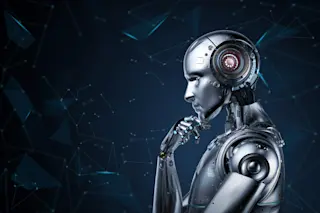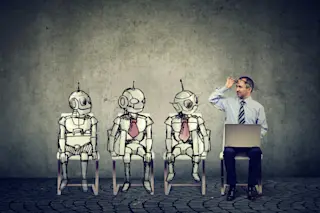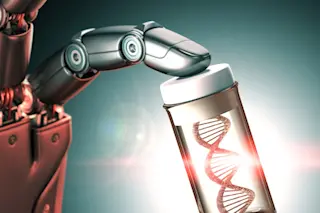When will artificial intelligence exceed human performance? Back in 2015, a group from the University of Oxford asked the world’s leading researchers in AI when they thought machines would achieve superhuman performance in various tasks.
The results were eye-opening. Some tasks, they said, would fall to machines relatively quickly — language translation, driving and writing high school essays, for example. Others would take longer. But within 45 years, the experts believed there was a 50 percent chance that machines would be better at more or less everything.
Some people are even more optimistic. In 2008, Shane Legg, a cofounder of Deepmind technologies now owned by Google, predicted that we would have human level AI by the mid-2020s. In 2015, Mark Zuckerberg, the founder of Facebook, said that within 10 years, Facebook aimed to have better-than-human abilities in all the primary human senses: vision, hearing, language and general cognition.
This kind ...














